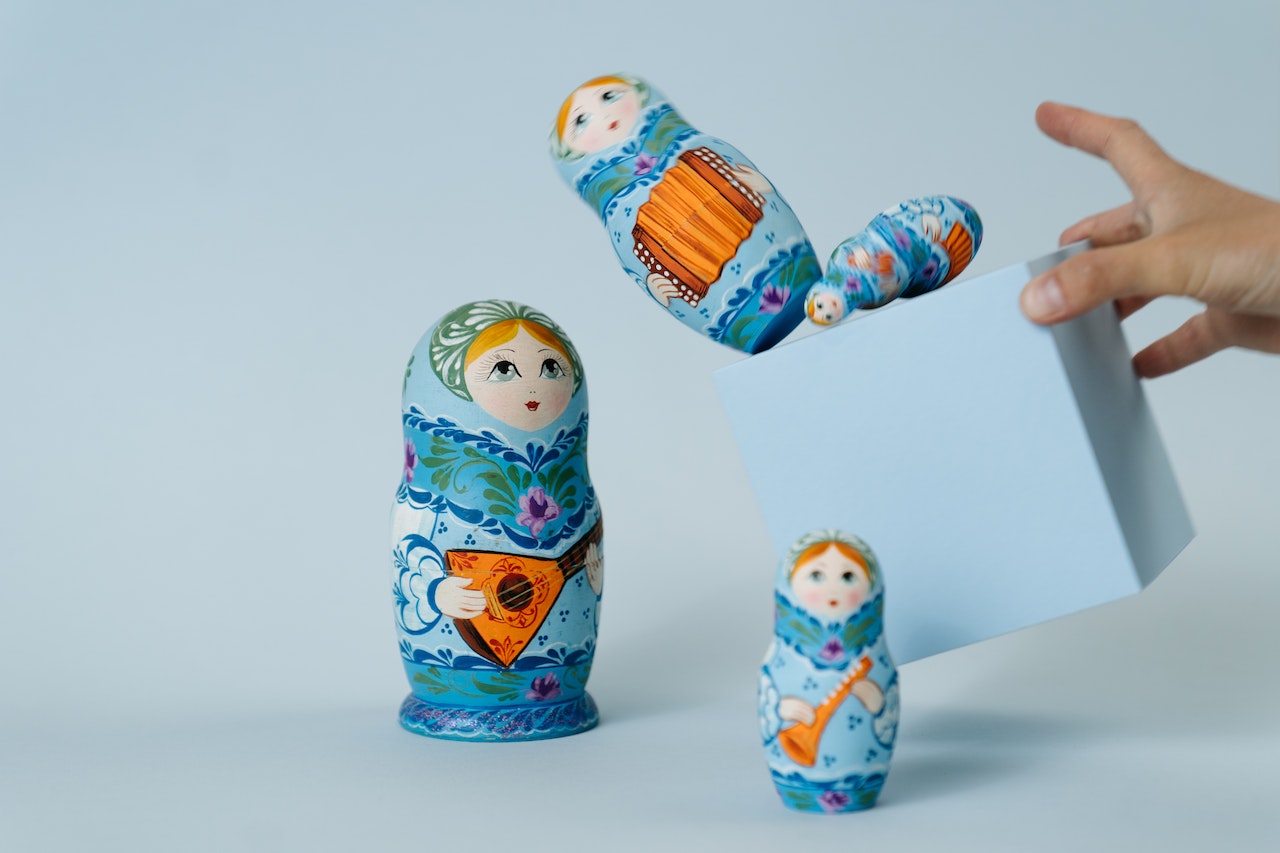Articles

5 exciting business events in Barcelona this May
16 de April de 2024

What does content on content have to do with a Russian doll? A lot, believe it or not. Let’s start by analyzing the Matrioshka. You’ve surely played with one before. The mechanism is very simple: there’s a larger hollow doll, which will have a smaller doll inside — and so on. This toy of Russian origin starts with a minimum of five dolls and there can be as many as desired, but always ending in an odd number.
Matrioshkas may all have the same shape, but they differ in their facial design, eyes, patterns and colors. This unique characteristic of finding one doll inside another, each one different from the previous, can become the essential foundation on which to build and grow your business. The concept of content-on-content follows the same idea — getting smaller ideas from a big one.

For instance, from a video you’ve recorded, you could create a podcast, photos, bite-sized social media posts and even new content derived from the original material, as well as text or resources for future projects. Sounds familiar? Just like how you get smaller dolls with the same essence but varying format and design from a larger Matryoshka doll.
Certainly, there may still be some questions regarding the importance and application of content-on-content, so let’s delve further into the topic to better understand it:
There isn’t much information available about what exactly content-on-content is, as it’s usually referred to as ‘content recycling’. However, it’s not about recycling just for the sake of it, but rather extending the useful life of a piece of content that required a significant investment of effort and resulted in a satisfactory outcome.
This strategy is essential in content marketing, as it allows you to optimize your resources by gaining attention, generating dialogue and positioning yourself in the market. Anything you create will continue to generate value over and over again in the future, as many times as you change its format and update the content.
The most immediate benefit is the optimization of resources. Every effort invested in creating content will result in us staying in the consumer’s mind for as long as possible. We offer them what they’ve already consumed through other channels and even a different piece of content. However, be careful, as the selection criteria must prevail in order to offer quality content.
But… Why is it important? Let’s take a look at some of its main benefits:

It will prepare you to stand out and take brands to the top. You will learn to carry out any marketing related function thanks to an academic education that has a markedly digital orientation.
Request info
There’s no content-on-content manual, but there are a number of techniques and tips that can help you:
Remember to fully leverage your content to create high-value products where content-on-content takes center stage. From a YouTube video, you can extract a text, images, audio and even social media content. These techniques can be applied to most marketing content.